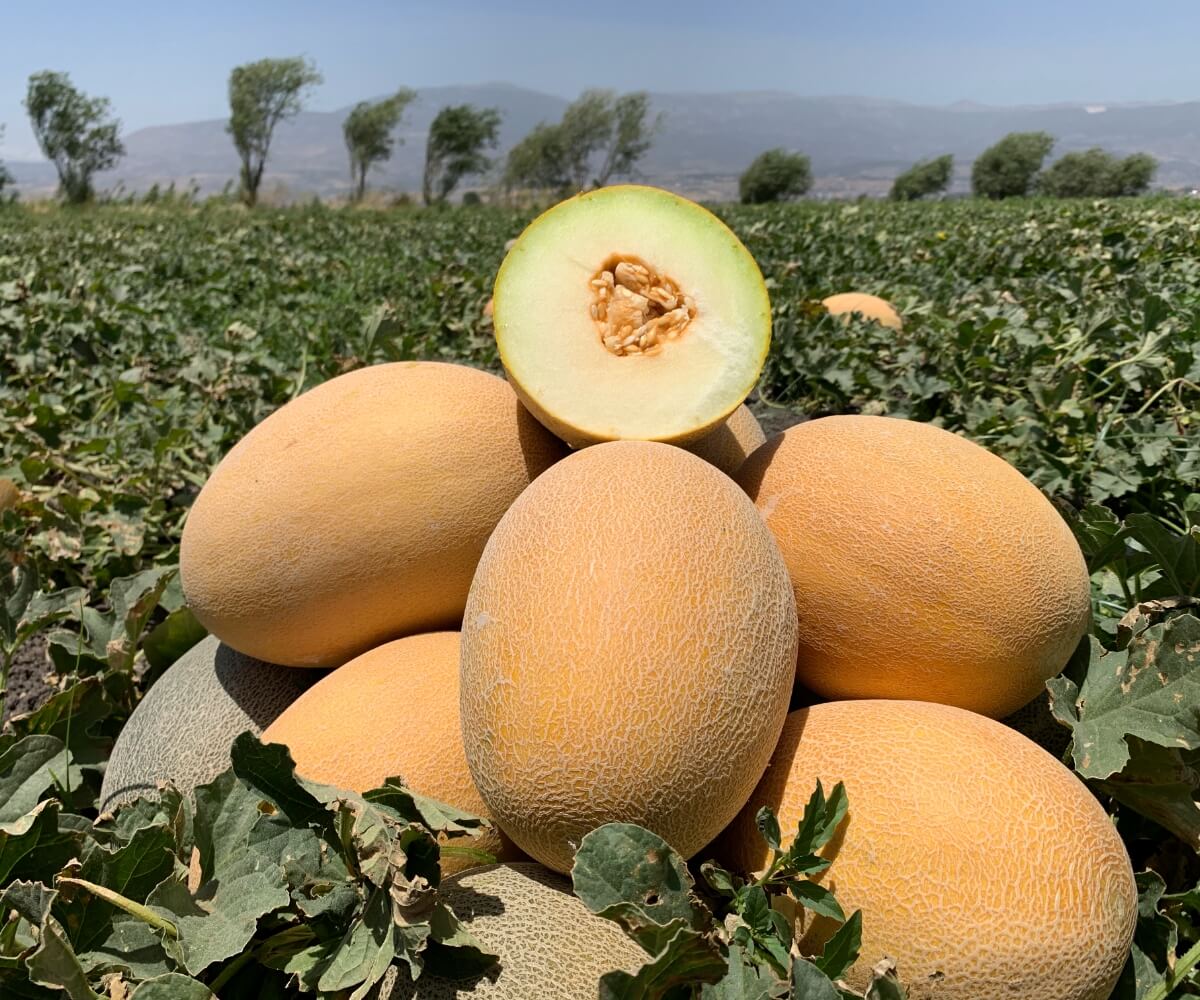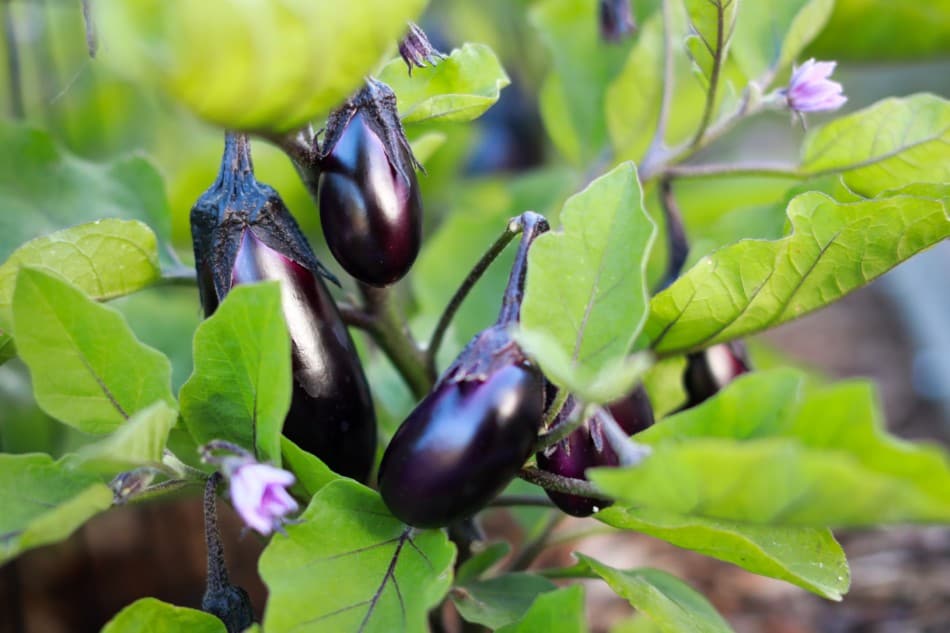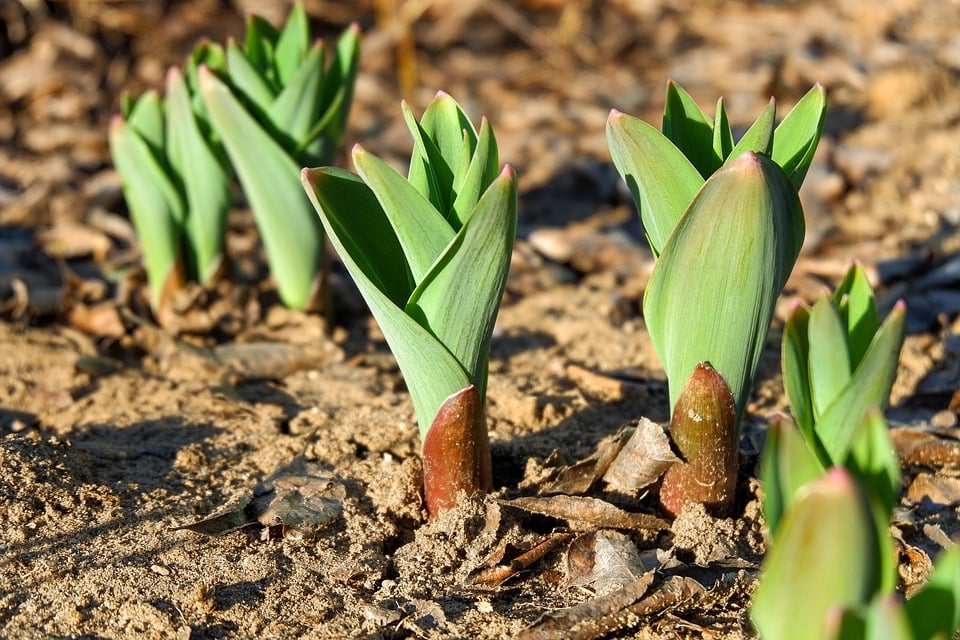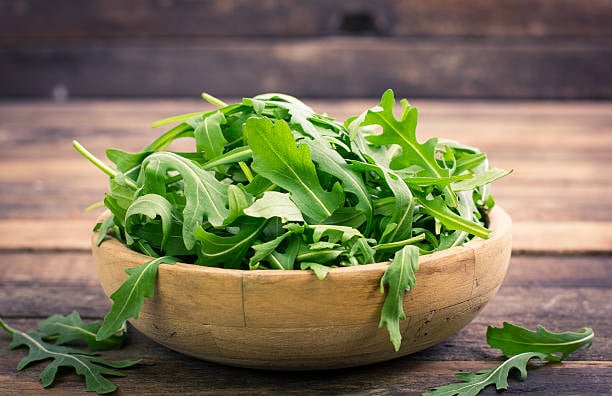How To Grow Melons in UK [10 Expert Tips]

Table of Contents
Are you one of those people who love to eat seasonal fruits and vegetables? Then probably, growing fresh fruits must be on your bucket list. In the light of enjoying seasonal fruits, you can never forget mouth-watering melons and our never-ending love of eating them in the scorching heat of the summer season.
Watermelon, muskmelon, and cantaloupes are some of the delicious varieties of melons that you can plant and grow in the same climatic conditions. Since melons require warm temperatures and moist, damp soil, summers are the best time to grow and harvest them.
You can try your hands at growing melons this summer to enjoy the sweetness of melons with your friends and family. This article will take you to a step-by-step guide on how to grow melons.
How to Grow Melons from Seeds
Since we assume that you are a naive gardener, we will guide you by explaining each step thoroughly. And even if you know how to grow melons, this intensive guide will help you up your game of growing melons this summer.
1. Choose the Variety of Melon
It is a very crucial step to choose a melon you want to grow from the wide variation of melons available. So, it is a great idea to grow both honeydew and muskmelon if you are planning to grow them in a greenhouse. And both of these variations of melons are suitable to be grown in the UK.
2. Buying Melon Seeds
After choosing the correct variety to grow, the next important step is to buy suitable melon seeds. You can purchase melon seeds online or find them in any gardening store near your area. Another way to plantation of melons is by buying a young melon plant and then growing them in suitable conditions. You can find varieties of these young melon plants in nurseries or reserves.
3. Growing Conditions
Another important factor that many naive gardeners forget to consider is taking care of the climatic conditions in which they are growing their plants. To witness a good harvest of melon, it is suggested to sow the seeds in a place that receives 6-7 hours of plenty sunlight as warm temperature acts as a catalyst in the process of melon plant growth. Also, make sure that the area is 4-6 feet wide and that you feed it with suitable manures or natural fertilizers to stimulate melon’s plant growth.
4. Planting the Melons
Once you have selected a 4-6 foot area of your garden where you wish to plant melon, you can till the soil with the help of a shovel. After that, you can create mounds of dirt that are 1 foot high and 2-3 feet wide. Do not forget to leave around 4 to 6 feet of space between the mounds so that melons have enough room to grow and flourish.
In case you live in a place where winters are longer, then you can keep your plants indoors. And when the temperature is warmer again outside, you can shift the melon plants outdoors.
6. Sowing the Melon Seeds
Take containers that are at least 18 inches wide and quite deep, and fill them with peat-free potting compost. Once you are done preparing your containers, you can either sow the melon seeds or pace a young plant. Do not forget to water it generously.
7. Plant Care or Maintenance
It is essential to water the plant 2-3 times a week throughout the summer season, preventing the plant from drying out. And if the weather is hot and dry, then you may have to water your plant more. But do not overwater your plant, as it can spoil your melons and therefore destroy your whole harvest.
In order to that the sweetness and flavour of your melons stay intact, use mulch around the plant to help the soil retain moisture. And once the fruit start to ripen, you can stop watering the plant.
To boost the growth of your melon plants, feed them with well-balanced natural fertilizers every 3-4 weeks.
8. Mulching
If you are planning to grow melons outdoors, make sure you are covering them with a biodegradable membrane and protecting it from exposure to weeds. You can also lay a thick layer of organic mulch, like well-rotted manure or organic compost, around the plant but at a respective distance to avoid spoiling the plant.
9. Pests and Diseases
There are multiple ways through which you can save your plant from getting diseased. So, you can cover your plant with row covers to keep the bugs and diseases away from your melons.
It is very often that melons suffer from powdery mildew, a disease common in melon plants. Therefore, if you find any powdery patches on the leaves or stems of your plant, remove the affected by cutting them down. You can even use natural repellant to get rid of bugs and keep your plants healthy.
10. Harvest
If you have grown your melons in a greenhouse, then it will ripen from mid-summer through into early autumn. Sometimes, when temperatures fall at night, the crops that are not harvested till late summer tend to die due to frostbite. So, to avoid such a situation, it is suggested to keep cloches or fleeces handy to protect the plants from cooler weather conditions.
Melons are ready to harvest if you notice a crack near the stem or experience a classic fruity melon fragrance. And, if your melons are ripened fully, then consume them as soon as possible or keep them refrigerated to ensure their flavours and sweetness are intact.
Facts About Melons

1. The largest producer of watermelon in the world is China. 70,000,000 is the highest number of melons recorded that China cultivated in the year 2012.
2. In some parts of the world, the rind of the watermelon is consumed in the form of pickles or after frying them. Though it is not tasty, its enormous nutritious value cannot be denied.
3. You need to grow cantaloupes for 3-4 months before picking them up, and once picked, their ripening process will be stopped.
4. Melons come very close to cucumbers and squash when it comes to their growing and harvesting.
5. Japanese farmers are capable of growing melons with different shapes, even that of a heart or faces.
Summary
All in all, melon is a mouth-watering fruit that satisfies the taste buds of many people around the world. So, if your love for melons is endless and you wish to grow them this summer, then we hope this article might help you in some way in your gardening journey. You can follow this step-by-step guide to enjoy a healthy harvest of melons.
Since Halloween calls for melons in autumn, this time, you can decorate your garden with self-grown melons using your skills. No matter even if you are a naive gardener, a little dedication and the knowledge that you have gained about how to grow melons through this article can certainly help you in growing melons or their variations.
So, do not wait any further and get started to grow melons!
Frequently Asked Questions
What Is the Secret to Growing Melons?
The best way to grow melon is on well-drained, loamy soil that has a ph of between 6.0 to 6. And if you choose soil that has a ph level below 6, then it will produce plants with yellow foliage that bears no fruit at all. It is suggested to put an ample amount of rotted manure or organic compost at the time of spring.
How Much Time Does Melon Take to Grow?
The time for melons’ growth depends upon the variation you choose to grow. But most of the melon varieties get mature and are ready to be harvested within 78 to 90 days after transplantation.
Where Do Melons Grow Naturally?
Central Asia is the first place to grow melons, and their varieties are widely grown all over the world. All the places that experience a warm temperatures are fit to grow melon plants.
What Type of Fruit Is Melon?
Melon is a berry fruit, botanically, specifically, “pepo”. It belongs to the plant family Cucurbitaceae, a sweet, edible and fleshy fruit. And the word melon can be referred to as either plant or fruit. Also, a few variations of melons are known as vegetables in some parts of the world.




![Growing Carrots: Guide to Planting, Harvesting, & Nutrition [UK]](https://staging.thearches.co.uk/wp-content/uploads/How-To-Grow-Carrots-scaled.jpg)

![Learn How to Grow Leeks: From Seed to Harvesting [UK]](https://staging.thearches.co.uk/wp-content/uploads/How-To-Grow-Leeks-In-A-Vegetable-Garden.jpeg)